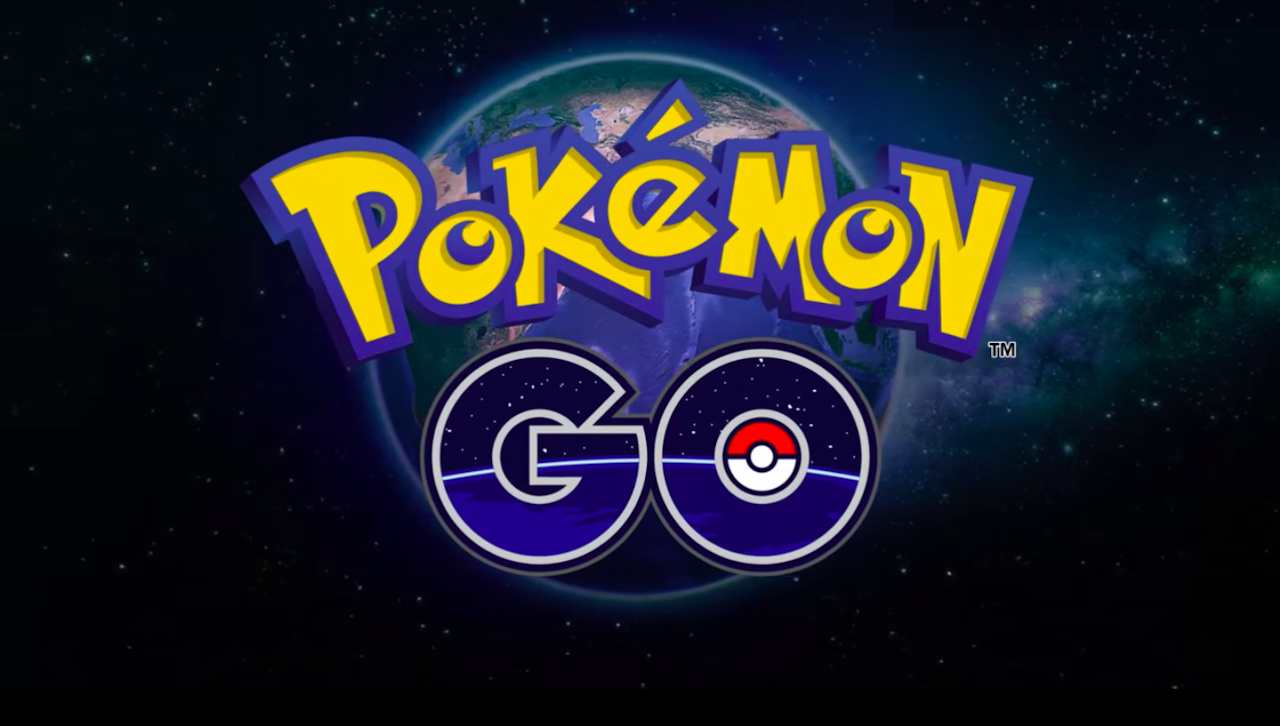It’s hard to believe that it’s already been two years since Pokémon Go debuted. When the game, which utilized players’ phones to project Pokémon into the real world, first launched in 2016, it became the top app in the iOS App Store in its first week. We could finally be the Pokémon Trainer we always wanted to be, with the added health benefit of leaving the house to do it.
Despite its innovative use of augmented reality technology and it’s huge financial success, the gameplay didn’t quite live up to expectations, and was met with middling reviews. Unlike previous console games, with a plot and clear markers of progress, Pokémon Go just seemed endless, with the almost impossible main goal just being to fill the Pokedex. A series of crashes and bugs, and a significantly different experience for players in less urban areas, caused frustration among players. Within two months of its launch, it had lost 79 percent of its paying users.
Still, it’s undeniable that the game was a huge cultural phenomenon, and reached some pretty remarkable benchmarks. A year after its release, it still had 60 million active players, and had been downloaded around 750 million times, but it’s clear it lost most of its cultural capital. As popularity has waned, there still has been a concerted effort to make the game better. In its first year, developers added new Pokémon to catch. There was also a significant revamp of the way battles take place to take control of gyms, allowing players to team up to take down powerful gym leaders. But that opened up a larger blind spot in the game, the fact that the game lacked any effective way to link up with other players.
A new announcement this week aims to change that: The company announced that the Pokémon Go app will be adding several features, like trading Pokémon and adding friends. “Niantic set out on a path to change the way people interact with the world around them by creating the world’s first ‘real world gaming’ platform,” said John Hanke, in 2016 a blog post, announcing the launch of the game in the U.S.
It’s remarkable that it took two years for social features to be added, particularly for a product which is aimed to be integrated in the real world and its users’ lives. Previous updates improved how the game functions, but this one feels like the first one to move it closer to the goal of being a more socially engaging game. The real question is; is anyone even still playing it? These features have been central aspects of all the previous Pokémon games, so it begs the question, what took so long? They may be anticipating a spike in the gameplay after their recent announcement of Pokémon: Let’s Go Pikachu and Let’s Go Eevee, which will be released in the near future on the Nintendo Switch, and will integrate gameplay with the mobile app. Or maybe, they’re just trying to stir up excitement around a game that used to dominate. Either way, it leaves me wondering what it could have been, had all of this happened two years ago.
